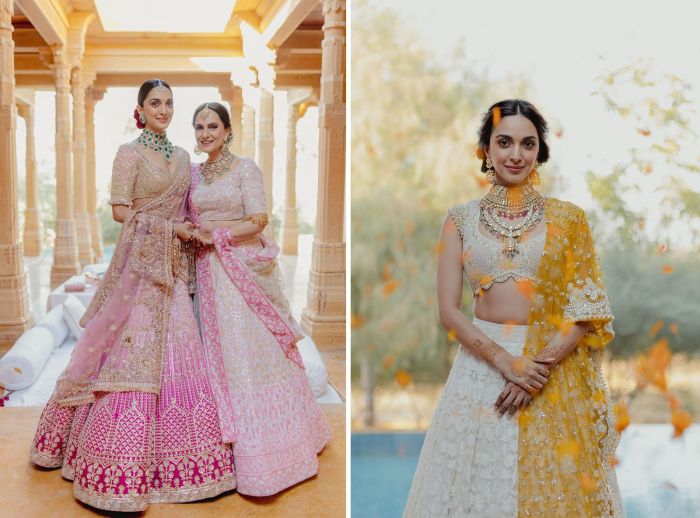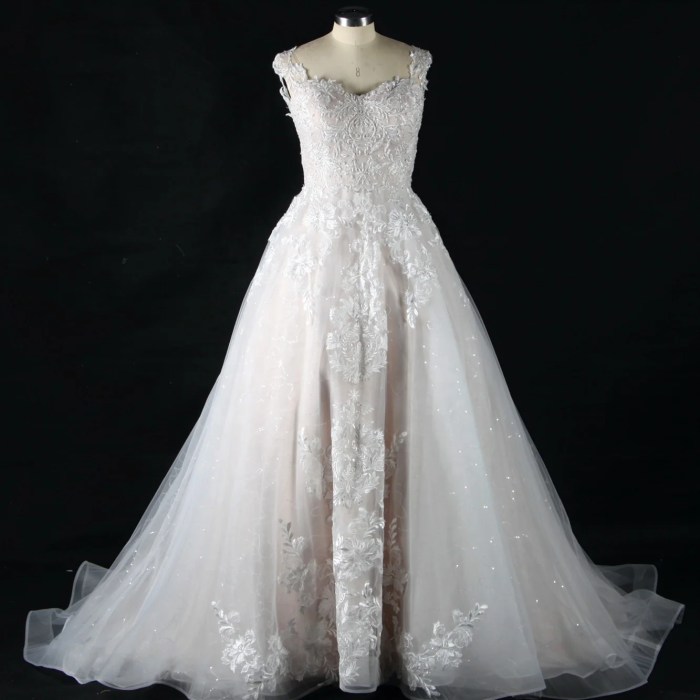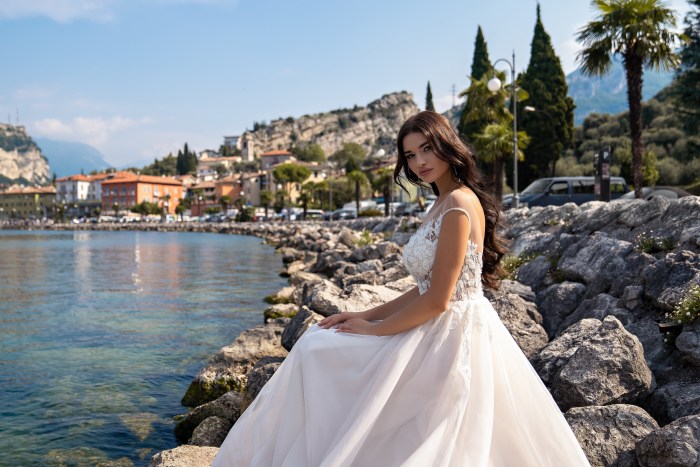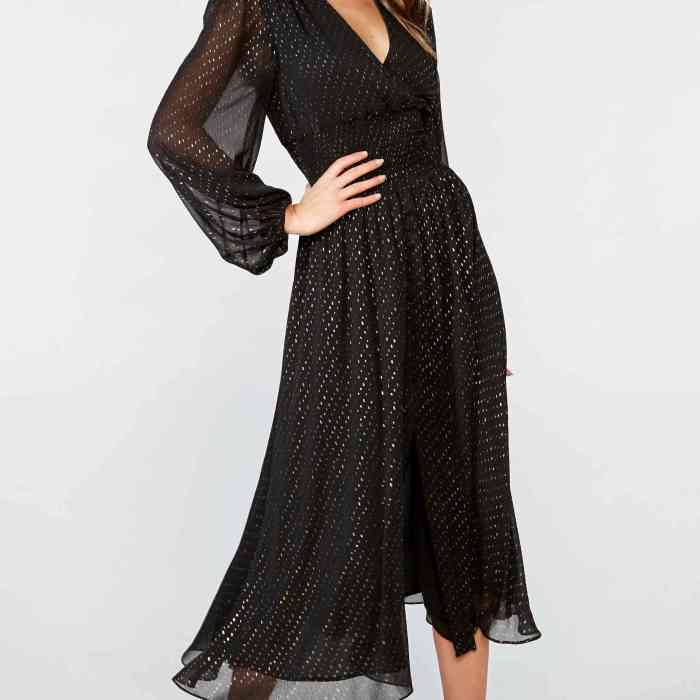Indian Bridal Dresses: A Comprehensive Guide

Source: vogue.in
Indian bridal dresses for wedding – Choosing a bridal outfit is a significant milestone in an Indian wedding. This guide explores the diverse world of Indian bridal dresses, covering styles, trends, accessories, and regional variations to help you navigate this exciting process.
Types of Indian Bridal Dresses
Indian bridal wear offers a stunning array of choices, each reflecting regional traditions and personal style. The most popular options include lehengas, sarees, and gowns, each with its unique characteristics and regional variations.
Lehenga Cholis: These three-piece ensembles consist of a long, flared skirt (lehenga), a fitted choli (blouse), and a dupatta (scarf). Lehengas are incredibly versatile, allowing for elaborate embellishments and diverse designs. Regional variations include the Gujarati lehenga, known for its intricate mirror work, and the Rajasthani lehenga, characterized by its vibrant colors and bandhani (tie-dye) patterns. Fabrics range from silk (Banarasi, silk, Kanjeevaram), velvet, and brocade to lighter options like georgette and chiffon for comfort.
Sarees: The quintessential Indian garment, sarees are draped elegantly around the body, showcasing the fabric’s beauty and the bride’s grace. Different regions boast unique saree styles; Kanjeevaram silk sarees from South India are renowned for their rich gold zari work, while Banarasi silk sarees from Uttar Pradesh are famous for their intricate brocade patterns. Fabrics include silk (various types), cotton, and net, offering varying levels of formality and comfort.
Gowns: Modern brides often opt for gowns, blending traditional Indian embellishments with Western silhouettes. These offer a contemporary twist while still retaining the richness and elegance expected of bridal wear. Fabrics like silk, satin, and net are commonly used, often adorned with intricate embroidery or delicate beadwork.
| Dress Style | Formality | Comfort | Price Range |
|---|---|---|---|
| Lehenga Choli | Formal to semi-formal | Moderate to high (depending on fabric) | ₹50,000 – ₹5,00,000+ |
| Saree | Formal | Moderate (can be restrictive) | ₹20,000 – ₹3,00,000+ |
| Gown | Formal to semi-formal | High | ₹40,000 – ₹4,00,000+ |
Color and Design Trends
Indian bridal wear color palettes are constantly evolving, reflecting both tradition and contemporary aesthetics. Traditional colors like red, signifying auspiciousness, remain popular, while pastel shades and jewel tones are gaining traction.
Traditional design elements like intricate embroidery, mirror work, and zardozi continue to hold significance, symbolizing craftsmanship and cultural heritage. Modern elements such as minimalist designs, asymmetrical cuts, and fusion styles are increasingly incorporated, adding a contemporary touch to classic silhouettes.
- Zardozi
- Aari embroidery
- Mirror work
- Resham embroidery
- Beadwork
- Sequin work
Jewelry and Accessories
Jewelry plays a crucial role in completing the Indian bridal look. Traditional jewelry sets often include necklaces, earrings, bangles, and a maang tikka (forehead ornament). The cultural significance of specific pieces varies regionally; for example, the mangalsutra, a sacred necklace, symbolizes marital status in many communities.
Complementary accessories like veils (dupatta), embellished footwear (juttis or heels), and intricately designed clutches enhance the overall bridal ensemble. The choice of accessories should complement the dress style and the bride’s personal preference.
Makeup and Hairstyles
Makeup styles for Indian brides range from traditional, heavily embellished looks to more natural and understated options. The choice depends on the bride’s skin tone, dress style, and personal preference. A skilled makeup artist can create a look that enhances the bride’s features and complements the overall aesthetic.
Hairstyles vary from traditional braids adorned with flowers and jewelry to contemporary updos and loose curls. The chosen hairstyle should complement the dress and jewelry, creating a cohesive and elegant look.
| Dress Style | Makeup Style | Hairstyle |
|---|---|---|
| Lehenga Choli | Bold, dramatic eyes, defined lips | Intricate braid with gajra (flower garland) |
| Saree | Classic, glowing skin, subtle eyes | Elegant updo with jeweled accessories |
| Gown | Modern, dewy makeup, neutral lips | Loose curls or a sleek ponytail |
Regional Variations in Bridal Attire
Bridal attire varies significantly across different regions of India. North Indian brides often wear elaborate lehengas, while South Indian brides favor sarees, especially Kanjeevaram silk sarees. Western India showcases unique styles like the Gujarati lehenga, characterized by intricate mirror work and vibrant colors.
The Bengali bride’s attire, for example, is particularly striking. She typically wears a red and gold Banarasi saree, often paired with a significant amount of gold jewelry. The saree is draped in a specific style, and the overall look is both traditional and regal.
Modern Adaptations of Traditional Styles
Modern Indian bridal fashion seamlessly blends traditional elements with contemporary designs. Traditional silhouettes are reimagined with modern twists, incorporating asymmetrical cuts, unique necklines, and innovative embellishments. Fusion styles, incorporating Western elements into traditional designs, are also gaining popularity.
For instance, a lehenga might feature a modern, fitted bodice paired with a traditional, richly embroidered skirt, or a saree might be draped in a contemporary style with a uniquely designed blouse.
Budgeting and Sourcing Bridal Attire, Indian bridal dresses for wedding
Sourcing bridal attire involves various options, including designer boutiques, local tailors, and online retailers. Setting a realistic budget is crucial, considering not only the dress itself but also accessories, alterations, and other related expenses. Thorough research and comparison shopping are essential.
- Shop during off-season sales.
- Consider renting a designer outfit.
- Opt for simpler embellishments to reduce costs.
- Utilize online resources for budget-friendly options.
Illustrative Descriptions of Bridal Attire
Imagine a vibrant crimson lehenga crafted from rich Banarasi silk. Intricate gold zardozi embroidery cascades down the skirt, depicting intricate floral patterns. The choli is fitted and elegantly embellished, complementing the skirt’s opulence. A delicate, sheer dupatta in a contrasting shade of gold adds a touch of elegance.
Picture a shimmering ivory silk saree, draped with grace and precision. Delicate silver zari work Artikels the borders and pallu (draped end), creating a subtle yet luxurious effect. The saree’s drape emphasizes the bride’s figure, showcasing the fabric’s fluidity and the intricate embellishments.
Envision a flowing ivory gown, adorned with delicate lace appliqués and subtle beadwork. The silhouette is both modern and elegant, complementing the bride’s figure. The gown’s understated elegance creates a timeless and sophisticated bridal look.
Answers to Common Questions: Indian Bridal Dresses For Wedding
What is the average cost of an Indian bridal dress?
The cost varies greatly depending on the fabric, embellishments, designer, and retailer. Prices can range from a few hundred dollars to tens of thousands.
How far in advance should I start shopping for my bridal dress?
Ideally, you should begin shopping at least 6-12 months before your wedding to allow ample time for alterations and customization.
Can I rent an Indian bridal dress instead of buying one?
Yes, renting is a cost-effective option, particularly for brides who prefer a one-time use of a high-end designer piece.
How do I care for my Indian bridal dress after the wedding?
Professional dry cleaning is recommended. Store the dress in a breathable garment bag to protect it from dust and damage.



